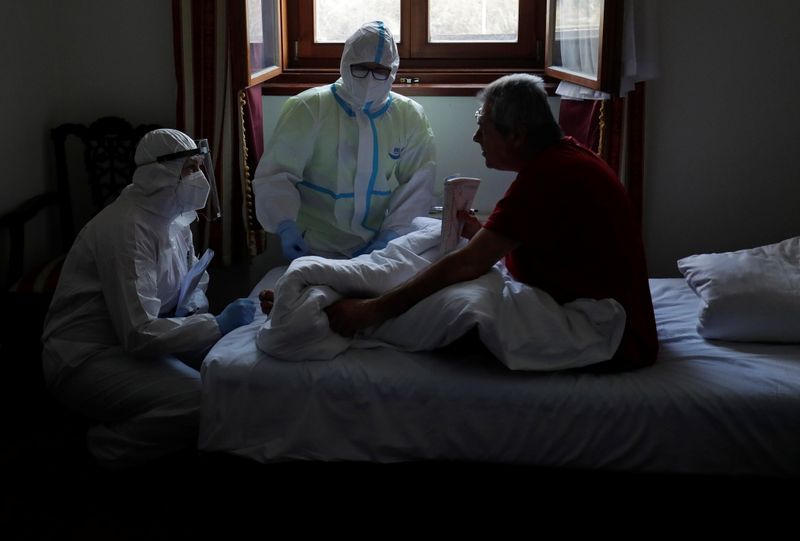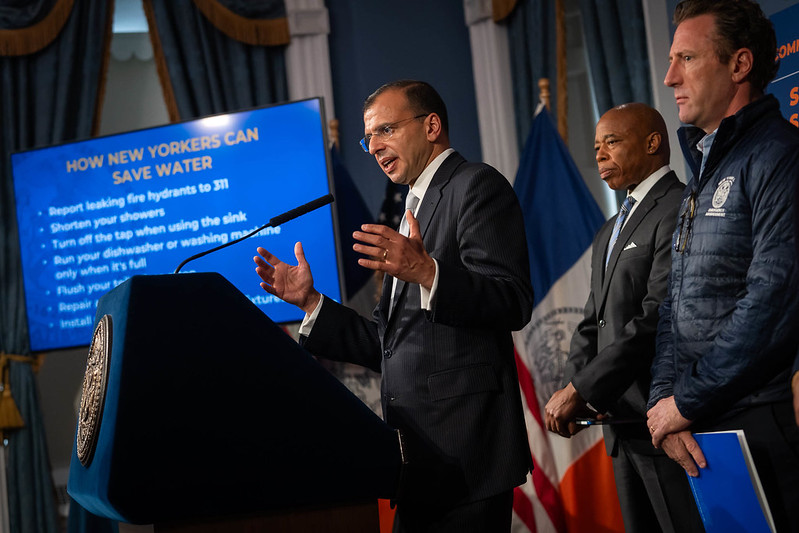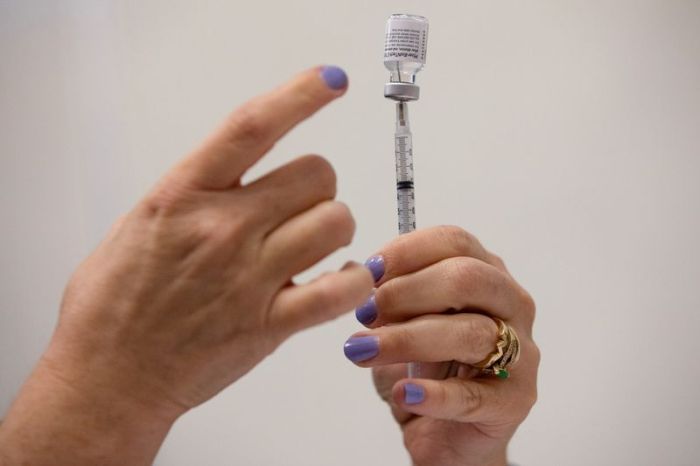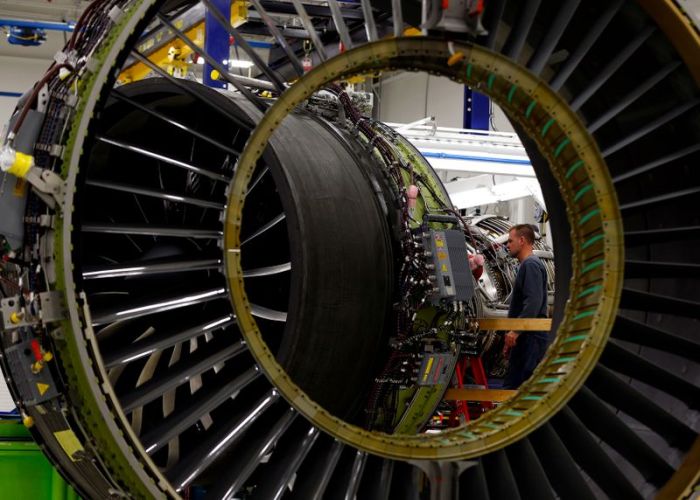PRAGUE (Reuters) -The Czech Republic and Slovakia reported fresh surges in coronavirus infections on Wednesday and again had to start limiting non-urgent hospital care to cater for admissions of COVID-19 patients.
Slovakia, a country of 5.5 million, reported a record high 7,055 new cases for Tuesday, and the Czech Republic, twice the size, reported 14,539 cases, not far from an all-time peak seen in January.
Both countries have been tightening restrictions but they have been far more lax than in previous waves thanks to partial shielding from vaccination and infections affecting younger people.
But hospitals, especially in northern Slovakia, have reported strained capacity and many in both countries said were putting off non-urgent procedures.
In Germany, cases also surged to all-time records this week.
The outgoing Czech government of Prime Minster Andrej Babis has rejected imposing lockdowns, saying vaccinations were the way to tame the resurgent pandemic.
The cabinet will meet on Friday to consider further measures, he said.
A leading Czech epidemiologist said management of the pandemic was being caught up in politics amid a transition of power following the Oct 8-9 election.
“It will take weeks to establish a new government, while the health ministry seems to have no clear vision,” Petr Smejkal, head epidemiologist at the prestige Prague IKEM hospital and a member of the government’s team studying health risks, said in an interview on Czech Radio.
“It is kind of deja vu of what we saw last year,” he said, referring to a 2020 autumn surge amid a lack of government action that put the country among the worst-affected nations in Europe.
In Slovakia, hospitalisations stood at 2,478, and 79.8% of those patients were not fully vaccinated, Health Ministry data showed.
A hospital in Zilina, in northern Slovakia, had to transfer 16 COVID patients between Saturday and Monday, as it was trying to clear space for new admissions, its spokeswoman told Slovak daily paper Hospodarske Noviny.
“What we cleared filled back in very fast. Of course, we will provide care for every patient in acute condition, but this is not sustainable in the long term,” Lenka Zatekova told the paper.
Czech hospitalisations rose to 3,295, including 462 people in intensive care, still just above one third of peaks in March. Daily death rates have approached or crossed 50 in both the Czech Republic and Slovakia in recent days.
A hospital in the eastern Czech city of Znojmo near the Slovak border said it was temporarily halting planned procedures except cancer treatment and acute cases, as it had 40 COVID-19 patients, more than double its infectious ward capacity of 15 beds.
With 58.7% of the total population vaccinated, the Czech Republic ranks below the EU average of 64.6%, according to the European Centre for Disease Prevention and Control.
Slovakia’s vaccination rate is even lower, at 44.8%.
The Czech Health Ministry started a new vaccination campaign this week, using photographs of COVID-19 victims accompanied by slogans like: “He did not find the time to get vaccinated.”
(Reporting by Robert Muller and Jan Lopatka; Editing by Clarence Fernandez, Simon Cameron-Moore and Nick Macfie)






















